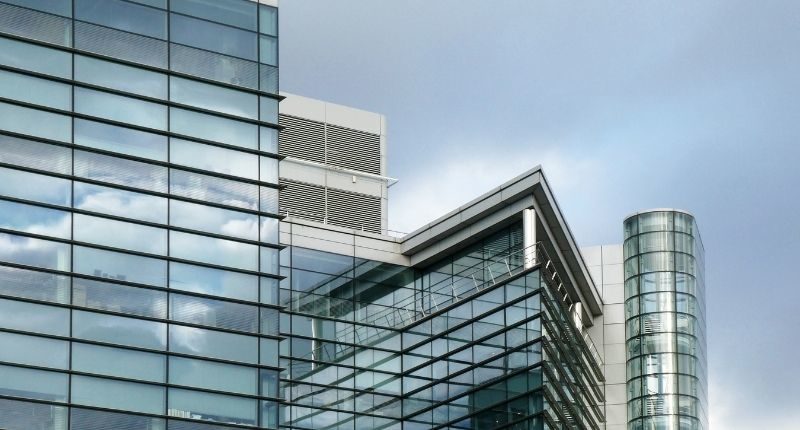- Over the past six months, parts of the commercial market have been running hot
- Inner city retail and hospitality has suffered from the WFH trend
- Data centres and warehouses are in high demand as the internet economy grows
Since The Property Tribune launched in February, we have published more than 1,600 articles on all facets of the Australian property market, over 200 of which were drawn from the commercial sector.
Over the past half-year, certain parts of the commercial property market have been steaming along, with auctions of commercial assets setting records, especially among recession and pandemic proof businesses such as child care centres, fast food restaurants and hardware stores.
Good tenanted industrial stock is hard to get hold of, but popular and selling well.
Cities doing it tough
Overall though, the CBDs have been quieter, and are not yet fully recovered. Still well down on pre-pandemic levels of activity, inner-city retailers and hospitality sectors have suffered badly, especially during intermittent lockdowns in all major cities in the early months of 2021.
Work from home (WFH) had been a bit tiresome when imposed on workers full-time, but the occasional day here and there appealed to many staff and companies, with the added advantage of flexibility, kid-friendly hours being offered. Businesses did not exactly rush back en masse to their offices full time once restrictions were eased, which became a problem for city councils to struggle with.
In fact, there is an opinion out there that we may never get back to the occupancy we saw pre-pandemic.
“If you imagine that a typical city worker is working 2 or so days per week at home, then that equates to a 40% drop in the number of office workers in the city.”
Cameron Hopkins, Burgess Rawson director
“So inner-city retail and hospitality has been doing it really tough, and may do for some time. There are no tourists, from overseas or interstate either.”
Every city tried different things to entice workers back into the city, with Brisbane being the most creative, hiring the company behind Pokemon Go craze to develop a game on Fridays that you had to physically be in the CBD to play.
However, one trend that has not been spoken about is the improvement in retail and hospitality in suburban centres with good demographics.
“In white-collar neighbourhoods, restaurants are exceptionally busy,” said Mr Hopkins.
“What has happened, is the transfer of some part of the working week to home, and where those homes are, especially in high-end areas, people are eating out more. They’ve bought their stuff for their house, they can’t go on overseas holidays, and they still have plenty of discretionary spend left over, so they’re eating out,” he said.
Traditional shopping strips in smart parts of Melbourne have been showing good signs of life with strong buying, selling and renting activity.
Homebuilding and Logistics boom
Government incentives to the home building industry in mid to late 2020 had set a fire under the industry, with many builders’ books filling up through to 2023. Acquiring staff soon became the problem, and the waiting time for laying the first slab blew out, leading the government to have to extend the contract beginning time from 6 months to 18.
Meanwhile, the pandemic has only accelerated many shifts to the Web. A natural flow on for this was a big surge in demand for warehousing, logistics and data centres – the backbone of e-commerce and the Internet.
As if to suggest the underlying strength in the commercial market, lending was back to pre-pandemic levels.
Overall, it has been a trying time for some, a boom for others and a time of change. Some of these changes were already in play before 2020, and were accelerated due Covid.








